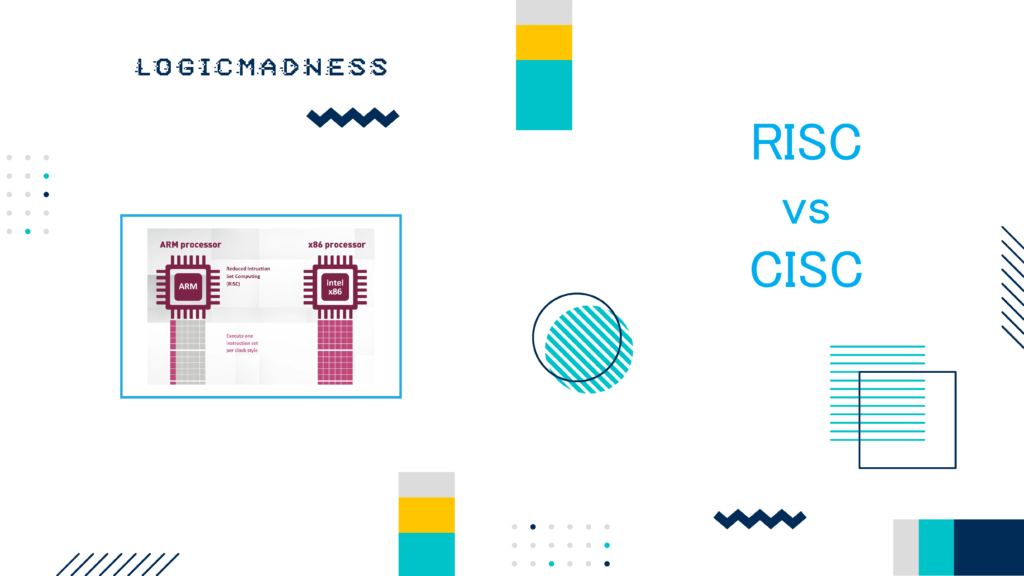Embedded system designers face critical decisions when selecting a bus architecture for System-on-Chip (SoC) designs. The Advanced Microcontroller Bus Architecture (AMBA) offers two prominent protocols: Advanced High-performance Bus (AHB) and Advanced eXtensible Interface (AXI). These protocols enable communication between components like processors, memory, and peripherals. This article compares AHB and AXI, focusing on throughput, latency, power consumption, and utilization. By exploring their features, performance, and use cases, we help designers choose the right protocol for their projects. We also dive into system modeling, a powerful method to evaluate designs efficiently.
Why Bus Architecture Matters in Embedded Systems
Bus architecture defines how components in an SoC communicate. A well-chosen bus ensures efficient data transfer, low latency, and optimal power usage. AHB, part of AMBA 2, is a shared, single-channel bus ideal for simpler systems. AXI, from AMBA 3 and 4, uses multiple channels for high-performance applications. Both protocols connect masters (e.g., processors, DMA) to slaves (e.g., RAM, SDRAM). However, their design philosophies differ, impacting performance and suitability.
System modeling enhances design exploration by simulating bus performance without writing complex code. Tools like VisualSim from Mirabilis Design allow engineers to test AHB and AXI configurations quickly. This approach saves time and provides insights into throughput, latency, and power trade-offs.
AHB vs AXI: Core Differences
AHB and AXI serve distinct purposes in SoC designs. Let’s break down their key differences to understand their strengths.
AHB: The Shared Bus Approach
AHB operates as a single-channel, shared bus. All masters connect to this channel, and an arbiter manages access. This setup simplifies design but limits performance in complex systems. AHB suits applications with moderate data demands, such as basic embedded devices.
AXI: The Multi-Channel Advantage
AXI uses five independent channels: read address, read data, write address, write data, and write response. These channels allow parallel operations, boosting throughput and reducing latency. AXI excels in high-performance systems, like video processing or AI chips, where multiple masters and slaves interact.
System Modeling for Bus Comparison
System modeling enables rapid evaluation of AHB and AXI without detailed hardware implementation. Using VisualSim, engineers can create graphical models to simulate bus behavior. For this comparison, we modeled a system with four masters (processor, DMA, DSP, USB) and three slaves (on-chip RAM, off-chip SDRAM, APB bridge). The model achieved 95% cycle accuracy and was built in about one week.
Model Setup and Parameters
To ensure a fair comparison, we adjusted bus parameters:
- AXI Configuration: A 64-bit bus running at 200 MHz with six channels (read/write for each slave).
- AHB Configuration: A 128-bit bus running at 400 MHz to match AXI’s bandwidth.
- Burst Sizes: Small (16 bytes), medium (32 bytes), and large (64 bytes).
These settings allowed us to compare throughput, latency, and utilization under realistic conditions.
Performance Metrics: AHB vs AXI
We evaluated AHB and AXI based on key performance indicators: throughput, latency, utilization, and power consumption.
Throughput Comparison
Throughput measures data transfer rates. Both buses showed identical throughput for the same traffic rates and burst sizes. AXI’s multiple channels provide additional capacity, making it more scalable for future demands. AHB, despite its wider bus and higher speed, matches AXI’s throughput but lacks scalability.
Latency Analysis
Latency reflects the time taken for data transfers. AHB delivers lower latency for small (16-byte) and medium (32-byte) transactions due to its simpler arbitration. However, AXI’s pipelined channels reduce latency for large (64-byte) transactions and beyond. For high-throughput systems, AXI’s latency advantage becomes significant.
Utilization Insights
Utilization indicates how efficiently a bus handles traffic. AHB’s single channel shows higher utilization (70–80%) across all burst sizes, as it handles all traffic centrally. AXI’s six channels distribute traffic, resulting in lower per-channel utilization. High utilization in AHB suggests efficient resource use but risks congestion in busy systems.
Power Consumption Considerations
Power consumption depends on bus speed, width, and channel count. AHB, with its single channel, consumes less power than AXI’s six channels. Estimates suggest AXI uses about 1.5 times more power than AHB, assuming similar process technology. For low-power designs, AHB holds an edge.
Detailed Results from the Simulation
The VisualSim model provided clear insights into AHB and AXI performance.
Latency Results
- AHB: Lower latency for 16-byte and 32-byte transfers, peaking at 64 bytes.
- AXI: Comparable latency at smaller sizes but better performance for larger transfers (above 64 bytes).
These trends suggest AXI scales better for data-intensive tasks.
Throughput Results
Both buses achieved identical throughput, as expected from equivalent traffic sources. AXI’s additional channels offer headroom for increased traffic, making it more future-proof.
Utilization Results
- AHB: Higher utilization (70–80%) due to its single-channel design.
- AXI: Lower per-channel utilization, reflecting distributed traffic across six channels.
High AHB utilization indicates efficiency but may lead to bottlenecks under heavy loads.
Power Consumption Estimates
AXI’s multiple channels increase power usage by approximately 50% compared to AHB. Designers prioritizing power efficiency may prefer AHB for compact systems.
Design Implications for Embedded Systems
The simulation results highlight key considerations for selecting AHB or AXI:
- Peak Utilization: AHB’s 70–80% utilization supports additional traffic without redesign. AXI’s lower per-channel utilization offers scalability for complex systems.
- Critical Path Latency: For processor-to-RAM transfers, AHB’s low latency suits smaller transactions, while AXI excels for larger data blocks.
- Timing Objectives: AXI’s pipelining ensures better performance for applications like video streaming, where low latency is critical.
- Power Efficiency: AHB’s single-channel design reduces power consumption, ideal for battery-powered devices.
These factors guide designers in aligning bus choice with project goals.
Use Cases for AHB and AXI
Each protocol shines in specific scenarios based on system requirements.
When to Choose AHB
AHB fits simpler embedded systems with:
- Moderate data throughput needs.
- Single-master or low-traffic designs.
- Power-sensitive applications, like IoT devices.
- Area-constrained SoCs, due to its smaller footprint.
When to Choose AXI
AXI suits high-performance systems requiring:
- High throughput for data-intensive tasks (e.g., video, AI).
- Multiple masters and slaves, as in complex SoCs.
- Low latency for large transactions, like in 5G or multimedia.
- Scalability for future expansions.
System Modeling: A Game-Changer
System modeling, as demonstrated with VisualSim, transforms embedded system design. By simulating AHB and AXI in a graphical environment, engineers can:
- Test multiple configurations quickly.
- Analyze performance metrics without hardware.
- Optimize designs for throughput, latency, and power.
- Create executable specifications for implementation.
This approach reduces development time and enables informed decisions before coding begins.
Conclusion
Choosing between AHB and AXI depends on the specific needs of an embedded system. AHB offers simplicity, low power consumption, and efficiency for smaller transactions, making it ideal for compact, power-sensitive designs. AXI, with its multi-channel architecture, delivers superior throughput and scalability, perfect for high-performance, data-intensive applications. System modeling, using tools like VisualSim, empowers designers to compare these protocols effectively. By evaluating throughput, latency, utilization, and power, engineers can select the bus that best aligns with their project’s goals. Whether building an IoT device or a multimedia SoC, AHB and AXI provide robust solutions for modern embedded systems.

